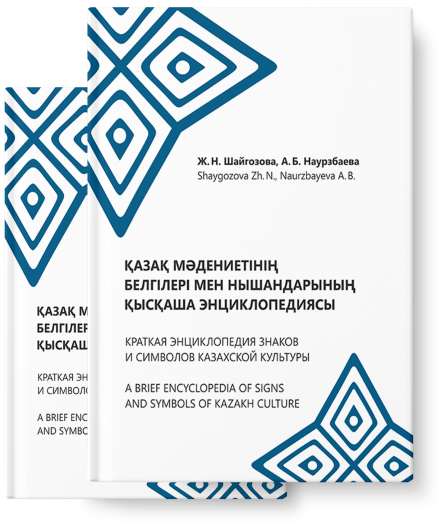
A short encyclopedia of
Signs and symbols of
Kazakh culture

The sign of deep surprise used only by the female gender is “betim-ai” (in semantic meaning it is used as “shame on me” or someone). To this word is added a kind of gesture – touching or holding the index finger of the right hand in his face. Usually from the top down. Sometimes they also pinch their cheek. This gesture is usually used in sensitive, unpleasant situations, speak of unworthy behavior of someone, shame, etc. It is noteworthy that the Kyrgyz have an exclamation, “ai-betim”, which expresses fear, a request for mercy. The face as the main “acting” element of communication in such a gesture embodies the person, his honor.
In many archaic cultures of the world, the face was perceived as a “mirror” of the person, mystically connected with its archetype. Therefore, the facial decoration with tattoos, which was usually deserved for men (for example, to protect the community dignity in different variations), for women – virtue and even certain creative skills (for example, in weaving), the tradition of making a death mask – symbolic replacement of the deceased, smearing the face of the shaman with soot – belongs to this context. In a sense, it is even an element of the wedding ceremony with the “opening of the face” of the bride, as well as the carving of the face in the funeral ritual. The understanding of the face in the above contexts can easily be seen in the Kazakh expression “Eldiñ betine qalai qaraimyn?” (literally, “How will I look at people’s faces?”). Betim-ai can be interpreted as conditional-symbolic “splitting of the face” – splitting of integrity, essence (person), loss of conscience: Kazakhs say about the unconscious person: bet zhoq (“no face”).

